|
I like to feature animals that make an appearance in my books, and today's critter makes a most spectacular appearance in Profusion. In fact, you could even say it's a save-the-world kind of appearance! Imagine standing in the middle of a flock of over a million white, cackling geese spread out over the ground for as far as you can see. Then imagine that something triggers the birds to take off. In a roar of millions of wings and high-pitched voices, the geese lift from the ground and take to the sky, circling above you like a white tornado. Yes, the scene above takes place in Profusion, but this is something you can also experience in real life. At least you can if you visit the North American migration corridors of the lesser snow goose or greater snow goose. They migrate in groups of hundreds of thousands, and their movements are one of the most impressive migration events on Earth. The hunting of snow geese was stopped in 1916 because their numbers had been drastically reduced. By 1975 their numbers had recovered, and hunting them was reinstated. But since the 1970s, their numbers have increased by 300%. They are getting so overpopulated that huge flocks of them are inflicting irreparable damage to the fragile tundra habitats where they feed and nest in the summers. Amazing facts about the Snow Goose Snow geese like to migrate in groups. Often they will be in flocks of thousands. In fact, if you are near one of the places where they rest in large numbers, it isn't unusual to see flocks of several hundred thousand. I have been at the Grand Pass Conservation Area here in Missouri on days when there are 1.2 million gathered in one area. When they come in to land, it looks like a giant, gently swirling tornado. Check out this video showing some great scenes of migrating flocks. The blue goose used to be considered a separate species, but now we know it is just a color variation of the snow goose that is caused by only one gene. The blue gene is slightly dominant to the white gene. If two white geese mate, they will have all white offspring. But if a white and blue goose mate, usually all the offspring will be blue (although they may have white bellies). And if two blue geese mate, they will have mostly blue, but some white geese. What I find interesting is that, at least here in the Midwest US, the proportion of blue geese has increased in the ten years I have been observing them. Now it seems as if about 30% of each large flock is blue geese. See the comparison below. Snow goose goslings are very well developed when they hatch. They have soft downy feathers that immediately show whether they will turn out to be white or blue. And they can walk VERY well. In fact, in the arctic areas where they breed, the newly-hatched chicks can often walk with their parents up to 50 miles over a three-week period in order to find a better rearing area. Snow geese can live up to 27 years. One of the important ways biologists study them is to put metal bands on their feet. When hunters shoot these banded birds, they report the information to an online database, which allows biologists to better understand migration patterns, breeding behavior, and longevity. Snow geese are poop factories. Food passes through their digestive tract in only an hour or two. This means they can poop up to 15 times per hour. And they are especially productive (poopwise) when feeding on rhizomes, which are high in fiber (and the geese swallow lots of mud as they eat them). Snow geese have become so abundant in the last few decades that they are causing severe damage to their tundra feeding grounds. Why? Because the birds feed on the grasses. And now that the flocks are larger than ever, they run out of grasses and start feeding on the underground rhizomes (specialized underground stems) of the grass, making it so the grass cannot grow back. They are turning arctic grasslands into salty mud flats. In an attempt to control the exploding population, the US Fish and Wildlife Service in 1999 initiated new rules that allowed 24 US states to create opportunities for hunting enthusiasts to harvest as many of the birds as possible. I happen to enjoy snow goose hunting, but it isn't an easy sport. Snow geese are notoriously difficult to decoy, and it takes hundreds of decoys and lots of hard work. See image below. Unfortunately, these efforts are not decreasing the population much. So, the Snow Goose deserves a place in the F.A.H.O.F. (Fizzing Animal Hall of Fame). FUN FACT: Fizzing is one of several words associated with a sound that have gradually become adjectives implying that something is excellent. Ripping is another example (I had a ripping time last night). So, in other words, fizzing is another way to say awesome. Photo Credits:
Snow Goose Flock #1 - George C. Reifel Migratory Bird Sactuary Snow Goose Flock #2 - Mike Hollingshead Snow Goose, Blue Goose - Paul Higgins Snow Goose Hunting Sunrise - Stan C. Smith
0 Comments
In one of my favorite scenes in Profusion, a long-beaked echidna makes an appearance (just wait until you read why). And so I have chosen this creature as the awesome animal for this newsletter. Echidnas belong in the very small group of egg-laying mammals called monotremes. Monotremes are one of the three main groups of mammals (the other two are placental mammals and marsupials). But monotremes includes only five species: three species of long-beaked echidnas, the short-beaked echidna, and the duck-billed platypus. All five of the species live in Australia and New Guinea. By the way, you may wonder why my featured awesome animals are typically from New Guinea or Australia, when I actually live in the center of North America. Well, I like to feature animals that appear in the novels of the Diffusion Series. And much of the story takes place on the Indonesian side of New Guinea. Amazing facts about the Long-beaked Echidna Oh my gosh, where to begin! Echidnas are among the strangest of mammals, so there is no shortage of amazing facts. Let's start with the creature's jaw. Echidna's have no teeth, and their jaw is a single bone. So they do not have the ability to bite or chew. They can only slurp things up through their straw-like snout (they like earthworms and other soft ground invertebrates). Okay, let's take this weird mouth one step further. Not only do they have nothing more than a soft, squishy tube for a mouth, but their snouth also has tiny electro-receptors embedded in it, so they can detect the faint electrical fields created by the worms and other soil critters they eat. Echidnas have between 400 and 2,000 electro-receptors in the tip of their snout. See the long-beaked echidna skull below. Echidnas lay eggs. That's right, eggs. Like the platypus does. The eggs then incubate and hatch within a pouch, similar to the pouch of a marsupial (kangaroos and such). But unlike all marsupials and placental mammals, the females do not have teats. Instead, the milk oozes out through the mother's skin in the pouch. And then the young lap it up. At least we think the young lap it up--oddly enough, no scientist has ever seen young echidnas lapping up the milk. Echidnas have the lowest average body temperature of any mammals alive today (89º F, 32º C). In fact, when they hibernate, their temp drops to as low as 41º F (5º C). Because of their low body temperature and slow metabolism, echidnas live up to 50 years. Baby echidnas are called puggles (how perfect is that?). But very few of them have been born (hatched?) in captivity. Only a few dozen have been born in zoos, and in fact it wasn't until 2012 that the first zoo-born parents produced offspring (the baby short-beaked echidna below is one of the offspring). Okay, now for the R-rated portion. Male echidnas have a four-headed penis. Why, you ask? Well, during mating, two of the heads shut down, while the other two enlarge to fit the female's reproductive tract, which happens to have two branches. So why not just have a two-headed penis? Because the males alternate between the two pairs when they mate with more than one female. Why? That's uncertain. Echidnas have impressive tongues. Their tongues are six inches long, and can dart out of their snouts amazingly fast to slurp up worms and insects. Check out this awesome video of a feeding echidna from National Geographic. So, the long-beaked echidna deserves a place in the B.A.H.O.F. (Boss Animal Hall of Fame). FUN FACT: Most people assume the word boss began being used in place of awesome fairly recently (wasn't it popular in the 1990s?). But actually it was used as an adjective in the Oxford English Dictionary in 1881. So for the last 136 years, it has been a good substitute for awesome. Photo Credits:
Long-beaked Echidna #1 - Photo by Muse Opiang Long-beaked echidna being held - Photo by David Gillison Long-beaked Echidna Skeleton - Science News Baby captive-born echidna - Perth Zoo Today we're going way back in time. These flying reptiles lived from 125 to 115 million years ago. BUT they make a spectacular and terrifying appearance in Profusion. And because of that, I have honored them as today's awesome animal. Notice the Anhanguera at the top of Profusion's cover: Anhanguera (pronounced Ahn-han-gair-ah) means "old devil" in Portuguese. This creature was one of the flying reptiles in the group commonly called pterosaurs. But it is not nearly as well known as the famous pterodactyl. The Anhanguera's fossils weren't discovered until the 1980s. Amazing facts about the Anhanguera This huge flying reptile had a wingspan of 15 feet (4.5 meters), and weighed up to 50 pounds (22.7 kg). They were larger than any flying creature living today. When standing on the ground it was four feet tall. One of the three species of Anhanguera was named after Steven Spielberg. Anhanguera spielbergi was named when a complete fossil was found in Brazil (see the photo below). Apparently, the scientist (I cannot find who it was, exactly) was impressed by Spielberg's work (possibly the Jurrasic Park movies?). In movies and artists' drawings, pterosaurs are often shown as having smooth-skinned bodies and wings (instead of feathers and fur). How do we know that's what they looked like? Amazingly, there are a number of well-preserved fossils of pterosaur skin. Paleontologists have found skin impressions from the wing membranes, throat, head-crests and feet. Not only that, but some of them were also covered with fine hairs, called "ptero-fuzz." I love the name, ptero-fuzz! Due to the structure of their jaws and teeth, it is thought that many of the pterosaurs (including Anhanguera) were fish eaters. In fact, it it likely some of the smaller ones could even dive under the water to catch fish! The Anhanguera had a beak that was wider at the end than near the head, a shape similar to the bills of today's pelicans. This wider end is thought to have increased their chances of catching fish. The Anhanguera had weak back legs, which meant that it probably couldn't walk very fast or very gracefully. Check out this animated video. The video is kind of goofy, but it is downright fun. And most of all, it is considered to be one of the best animations of how these creatures used to move. So, the Anhanguera pterosaur deserves a place in the J.A.H.O.F. (Jam-up Animal Hall of Fame). FUN FACT: Jam-up comes from the word jam, as in close together, or in close contact. Somehow, in America, this gradually became the adjective jam-up, which means perfect. So if you had some really good blackberry jam, you could call it jam-up jam. So, in other words, it's another way to say awesome. Photo Credits:
Flying Anhanguera #1 - Paul A Ramos Anhanguera Size Chart - PrehistoricWildlife.com Coloborhynchus spielbergi - Wikimedia Commons Anhanguera on the rocks - Daniel Eskridge Profusion is 115,000 words of excitement, narrow escapes, and awesome creatures. And it is the longest novel I have written yet, but it will be the same price as Infusion ($3.99). However, if you snatch it up on its release day (September 1), you can get it for only $0.99. Yep, for ONE DAY ONLY, it will be only 99 cents.
Here's the teaser: ********************************************************* How can you save humanity if your only hope is to call upon an entity that could destroy us all? As nations argue over who should possess the alien entity called the Lamotelokhai, 15-year-old Bobby Truex knows the answer—no one should. After all, he’s the one who told it to go into hiding. He knows, better than anyone, that misusing it leads to death and destruction. After months trying to overcome his guilt, Bobby’s life is suddenly shattered, forcing him to risk everything and once again ask for help from the most dangerous object imaginable. Meanwhile, Quentin and Lindsey Darnell are tormented by the memory of leaving their son Addison to die in the Papuan rainforest. After learning he is still alive, they set out to find him but are shocked by what they discover. Addison is now part of something truly amazing, something that may result in the next stage of human evolution. Now, Bobby must not only survive—he must make his way to the other side of the world to find Quentin and Lindsey. The fate of the planet depends on it. ********************************************************* Remember--September 1st. |
Stan's Cogitations
Everyone needs a creative outlet. That's why I write. Archives
April 2024
|

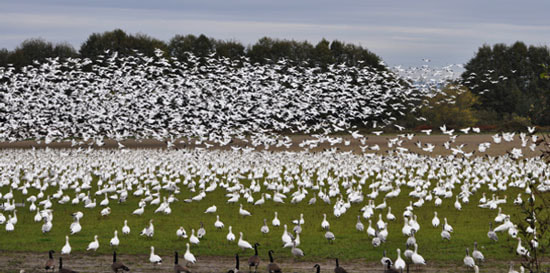
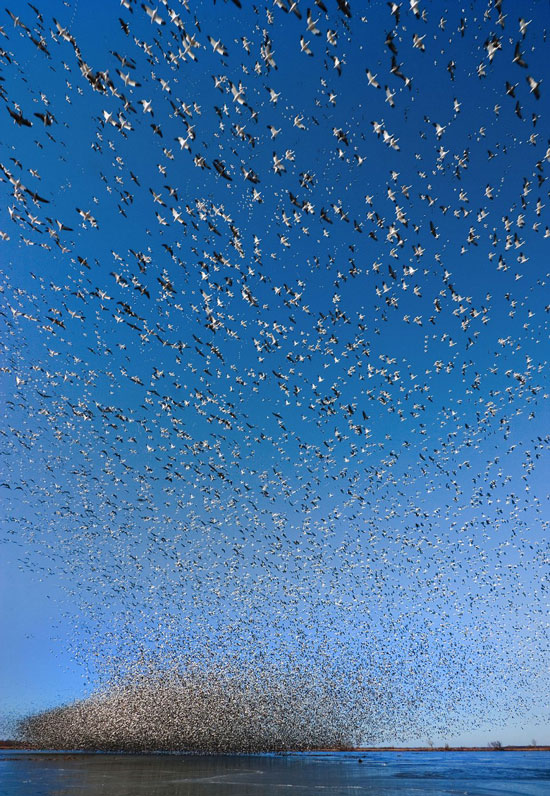
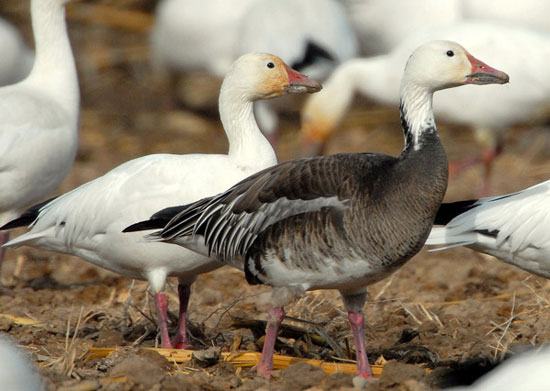
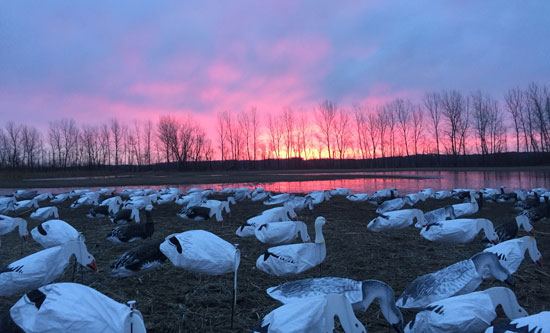
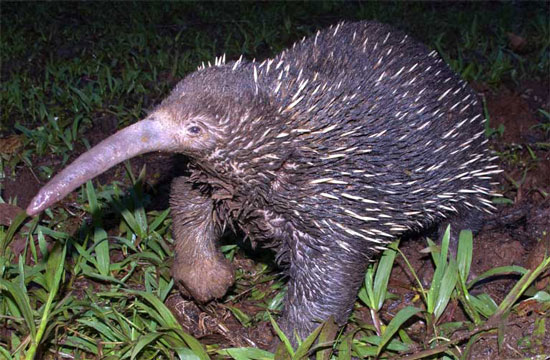
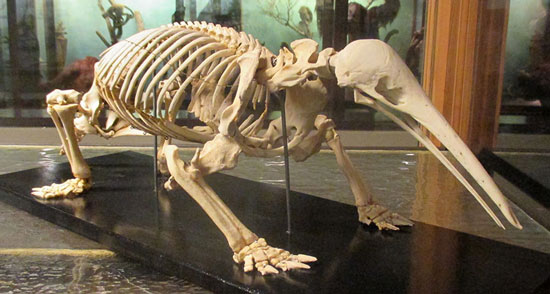
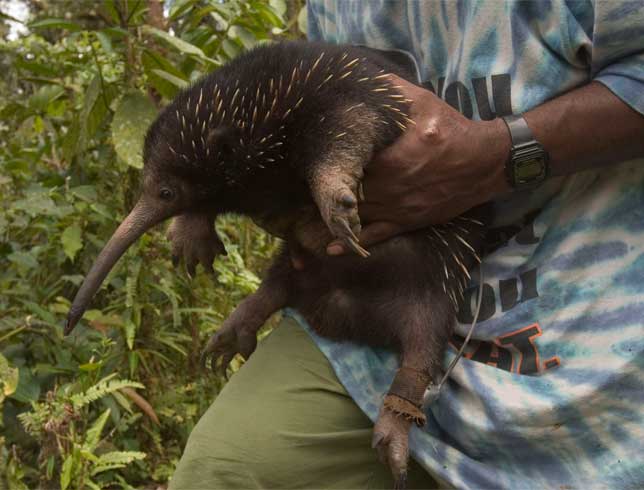
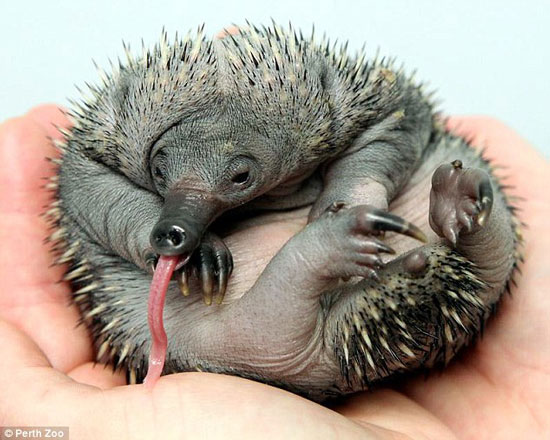
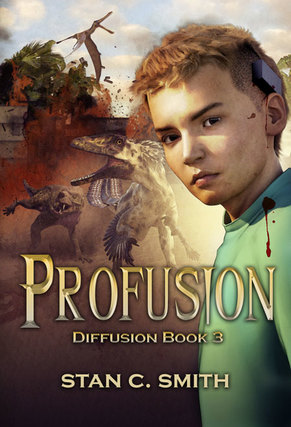
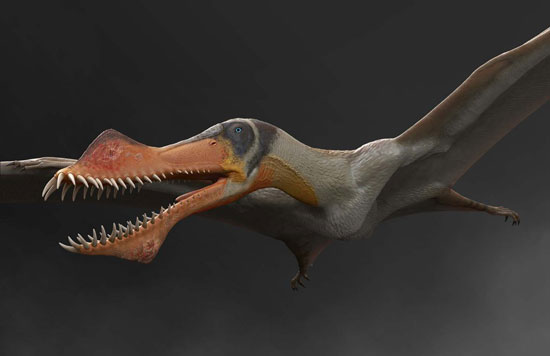
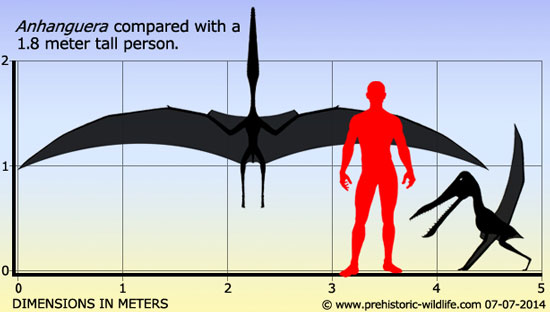
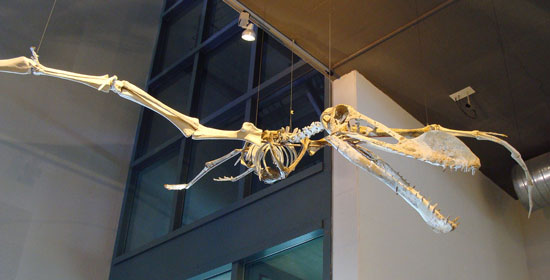
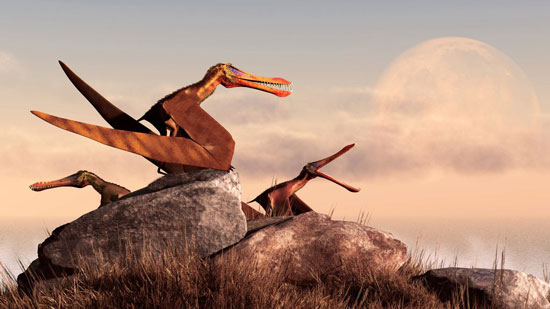
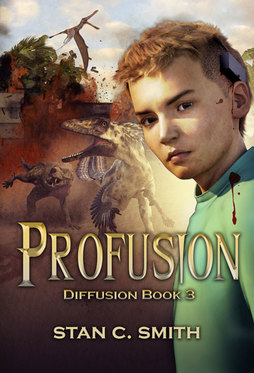
 RSS Feed
RSS Feed